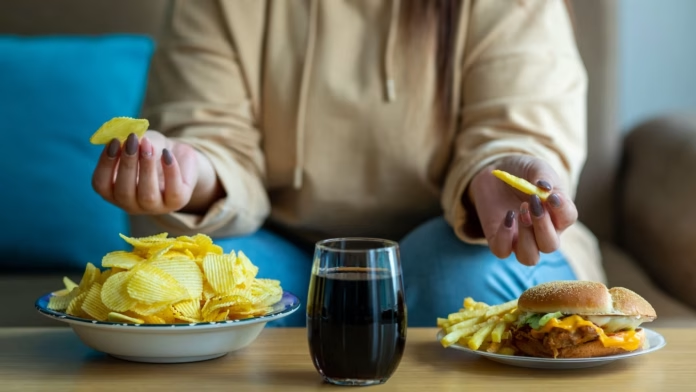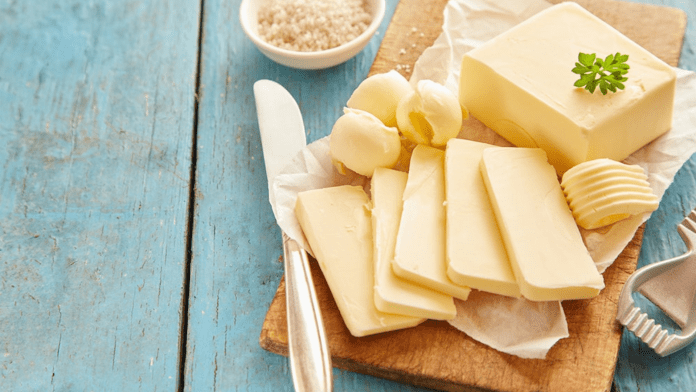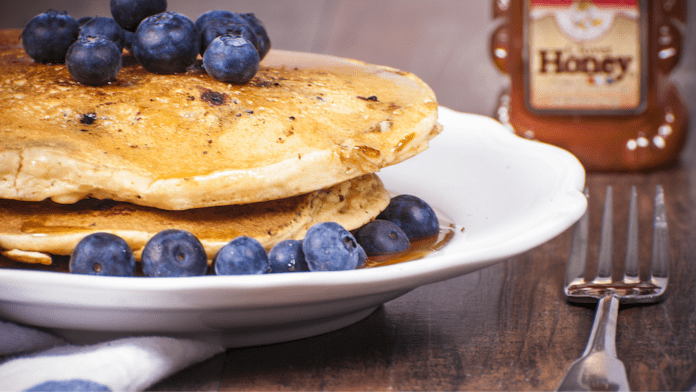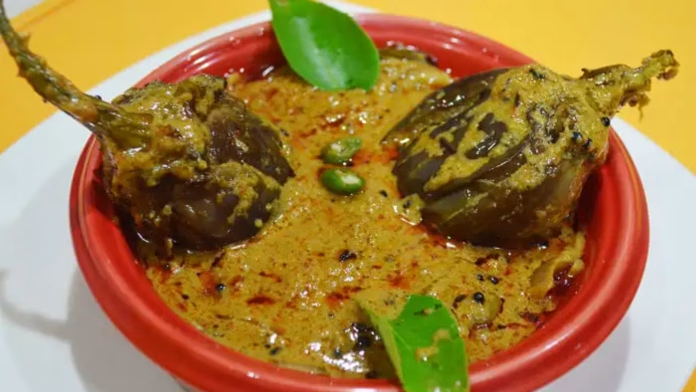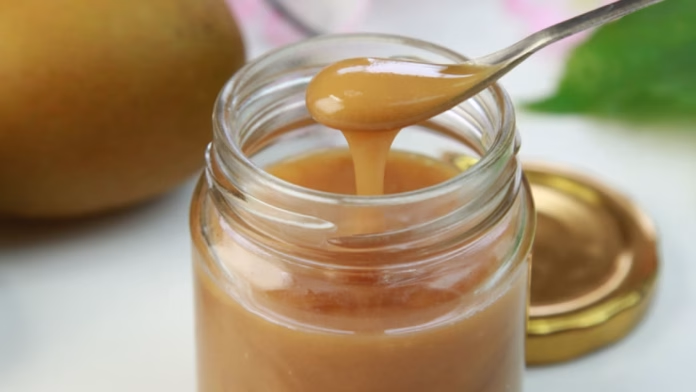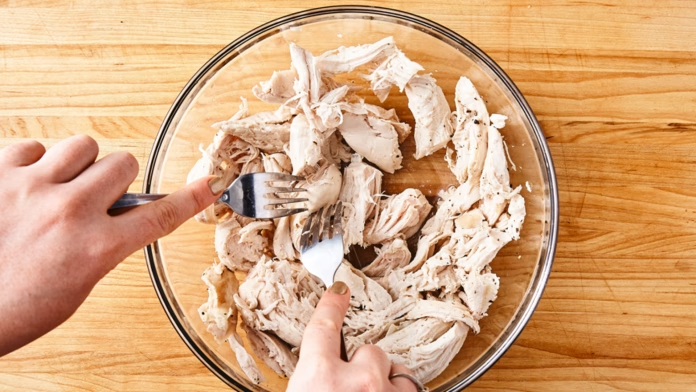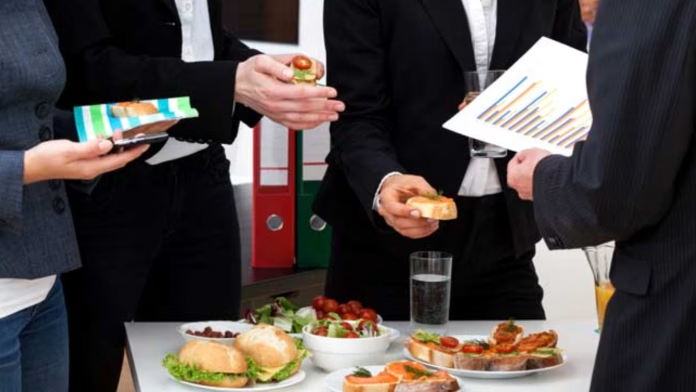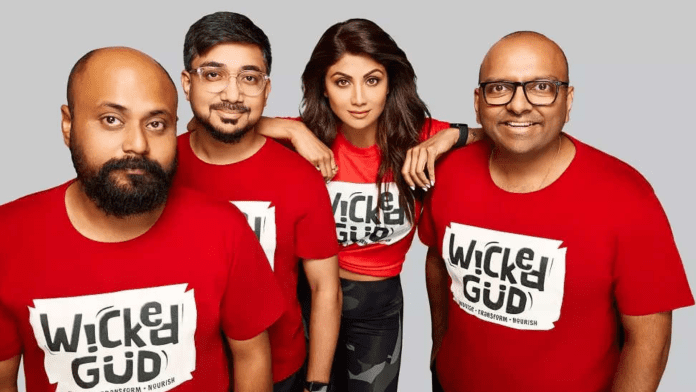Teenagers today face a unique set of challenges when it comes to their diet and nutrition. They are often surrounded by unhealthy food options, from fast food restaurants to sugary snacks and drinks. In addition, they are also dealing with the stress of school, social life, and extracurricular activities. All of these factors can contribute to emotional eating, which can lead to unhealthy habits and weight gain.
In this article, we will explore what emotional eating is, how it affects teens, and provide tips for conquering emotional eating while initiating a healthy diet.
Understanding Emotional Eating:
Emotional eating is when we eat to soothe our emotions, rather than to satisfy our physical hunger. This can be triggered by a variety of emotions, including stress, boredom, sadness, anxiety, and even happiness. It is important to note that emotional eating is not the same as binge eating disorder, which is a serious mental health condition.
Emotional eating is a common coping mechanism, especially among teenagers. It provides temporary relief from uncomfortable emotions, but can lead to unhealthy habits and weight gain over time.
How Emotional Eating Affects Teens:
Emotional eating can have a significant impact on a teenager’s physical and mental health. It can lead to weight gain and increase the risk of obesity, which can contribute to a range of health problems, including diabetes, heart disease, and stroke.
In addition, emotional eating can also impact mental health. It can contribute to feelings of guilt and shame, as well as low self-esteem. This can create a negative cycle, where emotional eating leads to negative emotions, which in turn lead to more emotional eating.
Tips to Conquer Emotional Eating:
Conquering emotional eating is a process that requires patience, practice, and persistence. Here are some tips to help teens overcome emotional eating:
- Identify Triggers:
The first step in conquering emotional eating is to identify the triggers that lead to it. This may include stress, boredom, anxiety, or even certain people or situations. Once these triggers are identified, it is easier to develop alternative coping mechanisms.
- Find Alternative Coping Mechanisms:
Instead of turning to food when emotions are high, teens can try to find alternative coping mechanisms. This may include exercise, listening to music, taking a bath, or spending time with friends. It is important to find healthy ways to soothe emotions, rather than relying on food.
- Practice Mindful Eating:
Mindful eating involves paying attention to the experience of eating, including the taste, texture, and smell of food. It also involves being aware of hunger and fullness cues. By practicing mindful eating, teens can develop a healthier relationship with food and avoid emotional eating.
- Keep a Food Diary:
Keeping a food diary can help teens become more aware of their eating habits and patterns. This can help them identify triggers for emotional eating, as well as areas where they can make healthier choices.
- Seek Support:
Conquering emotional eating can be a challenging process, and it is important for teens to have a support system. This may include friends, family members, or a professional counselor or therapist.
Initiating a Healthy Diet:
In addition to conquering emotional eating, it is also important for teenagers to initiate a healthy diet. Here are some tips for doing so:
- Set Realistic Goals:
When it comes to diet and nutrition, it is important for teens to set realistic goals. This may include incorporating more whole foods into their diet, or cutting back on sugary snacks and drinks. Setting small, achievable goals can help build momentum and lead to long-term success.
- Prioritize Whole Foods:
Whole foods are those that are minimally processed and contain no added sugars, fats, or chemicals. These include fruits, vegetables, whole grains, lean proteins, and healthy fats. By prioritizing whole foods, teens can improve their overall health and nutrition.
- Plan Meals in Advance:
Planning meals in advance can help teens make healthier choices and avoid impulsive decisions. This may involve meal prepping, or simply making a grocery list and sticking to it. By having healthy options readily available, it is easier to make nutritious choices.
- Practice Portion Control:
Portion control involves being aware of how much food is being consumed, and making adjustments as needed. This may involve using smaller plates, measuring out portions, or being mindful of how much food is being eaten. By practicing portion control, teens can avoid overeating and maintain a healthy weight.
- Stay Hydrated:
Drinking enough water is essential for overall health and wellness. It can help regulate appetite, boost metabolism, and improve digestion. Teenagers should aim to drink at least eight glasses of water per day, and avoid sugary drinks like soda and juice.
Emotional eating can be a challenging habit to break, especially for teenagers who are dealing with a range of emotions and stressors. However, by identifying triggers, finding alternative coping mechanisms, practicing mindful eating, keeping a food diary, and seeking support, it is possible to conquer emotional eating and initiate a healthy diet.
In addition to these strategies, it is also important for teenagers to prioritize whole foods, plan meals in advance, practice portion control, and stay hydrated. By making small, achievable changes to their diet and lifestyle, teenagers can improve their overall health and wellness, and develop lifelong habits for a healthy and happy life.

